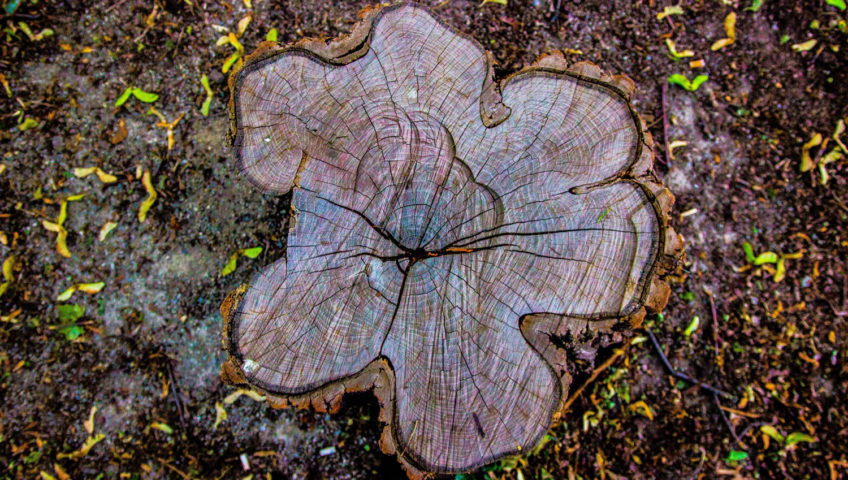Healthy trees are the cornerstone of a healthy yard and garden. To keep your trees strong and beautiful, you must perform a variety of services which include pruning away dead and dying branches, protecting them against pervasive pests such as Emerald Ash Borers, and stimulating healthy root growth. You may be able to complete some of these tasks on your own but trickier jobs, particularly those involving large trees, may require the work of a professional arborist.
Pruning is one of the most vital services which maintains the good health of your trees throughout their lives. The careful removal of a decayed branch can prevent it from snapping in a way that wounds your tree and leaves it vulnerable to insects and disease. Pruning also allows you to shape a tree to fit your yard, while preventing it from choking out the sunlight from ground-level plants in your garden. It is especially important to prune your tree if its branches begin to hang dangerously far over a neighboring road, or if a large branch becomes diseased and runs the risk of falling on your home. However, it is paramount that your prune your trees during the correct season.
Minnesota Tree Pruning Calendar
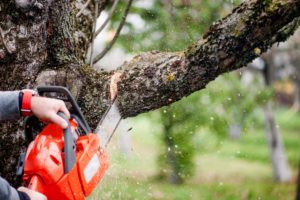 Spring: Spring is the season of new growth and blooms, so it should come as no surprise that many trees prefer to be pruned in the springtime. Pruning early in spring stimulates the rapid regrowth of branches, while pruning later in the spring promotes better blooms. Most evergreen trees, including junipers, yews and arborvitaes, should be pruned in the spring. Flowering crabapples and hawthorns like to be pruned just after the ground has thawed. By contrast, maples and birches would rather be pruned toward the end of spring. Some trees, such as lilacs and redbuds, should not be pruned until after they have flowered.
Spring: Spring is the season of new growth and blooms, so it should come as no surprise that many trees prefer to be pruned in the springtime. Pruning early in spring stimulates the rapid regrowth of branches, while pruning later in the spring promotes better blooms. Most evergreen trees, including junipers, yews and arborvitaes, should be pruned in the spring. Flowering crabapples and hawthorns like to be pruned just after the ground has thawed. By contrast, maples and birches would rather be pruned toward the end of spring. Some trees, such as lilacs and redbuds, should not be pruned until after they have flowered.- Summer: Pruning trees in summer is a great way to shape their appearance and curb their overgrowth while keeping them happy and healthy. If not already pruned in late spring, maples and birches should be pruned early in the summer. Even if already pruned in spring, most evergreen trees can be lightly pruned again to mold them into your desired shape. Other trees that should be pruned in summer include wisterias and hydrangeas with blooms on old wood.
- Fall: Only a handful of trees prefer to be pruned in the fall, mostly those which have a tough time handling our cold winters in Minnesota. Oaks are among the only large trees which are best pruned in the fall. Hydrangeas with blooms on new wood should also be pruned in late fall.
- Winter: Because most trees are dormant during the winter in Minnesota, it can be beneficial to prune them late in winter in order to promote fast and healthy regrowth once spring finally arrives. Pruning trees in winter also reduces the risk that they will be exposed to boring insects. Oaks, cotoneasters, hawthorns, apples and flowering crabapples are among the tree varieties which respond well to winter pruning.
How to Prune Your Trees the Right Way
Pruning can be beneficial to the health of your trees, but only when approached with the proper timing and techniques. Pruning your trees during the right time of year in Minnesota is critical, and so is pruning methodically to stimulate healthy growth for your tree. Cutting off too many branches without a vision or strategy may lead to a decline in tree health and render your trees vulnerable to pests and diseases. Before you cut off a single branch, decide why you're pruning this particular tree and what you hope to achieve.
Pruning cuts can be broken down into three main types of cuts: heading cuts, thinning cuts, and removal cuts. Heading cuts involve pruning lateral branches with the goal of controlling a tree's growth and shape. The aim of thinning cuts is to remove extraneous branches from a tree to improve its overall health. Removal cuts are performed to get rid of branches that are dead, diseased or hazardous.
When pruning large branches from a tree, it's wise to follow what is known as the "three-cut method." First, cut into the branch from below a few inches away from the trunk of the tree to prevent excess bark being stripped away when the branch is removed. Second, remove the branch by cutting from the top slightly past where you made the first cut. Finally, make a clean cut to remove the stump as close as you can get to the trunk without actually cutting into it, which is harmful to the tree. Using this technique, you can effectively prune your trees in Minnesota without placing them at risk of damage or disease.
Pruning Common Tree Species in Minnesota
Beyond pruning your trees during the correct season in Minnesota, there are some other important things to keep in mind when pruning common local tree species:
- Maples - For young maple trees that are still growing, prune to maintain a healthy central leader among your tree's upward-growing branches.
- Oaks - All oak species in Minnesota are at risk of oak wilt, which is why they should never be pruned in spring or summer. It's also a good idea to prune off dead or damaged branches on oak trees to improve airflow, thereby mitigating the risk of the disease.
- Elms - When pruning elms, take special care to remove weaker branches and deadwood to keep the trees healthy and reduce the risk of Dutch elm disease.
- Pines - Unlike many common tree species, pines don't need much pruning, except to remove dead or damaged branches. Make sure never to cut the central leader branch to maintain healthy tree growth.
- Spruces & Cedars - Be very careful when pruning spruces and cedars, because these coniferous trees do not regenerate from old wood the way many tree species do.
- Apples - Apple trees often grow excessive branches, including suckers and vertical shoots, that should be pruned off. It's also a good idea to perform thinning cuts to the canopy of an apple tree to promote healthy growth.
Expert Tree Pruning Services In Minnesota
If you’re looking for an excellent tree pruning service in the Twin Cities metro area, contact ProTree Outdoor Services. Our team of trained and certified experts can take care of all the trees on your property, no matter how big the job is. Call us today!
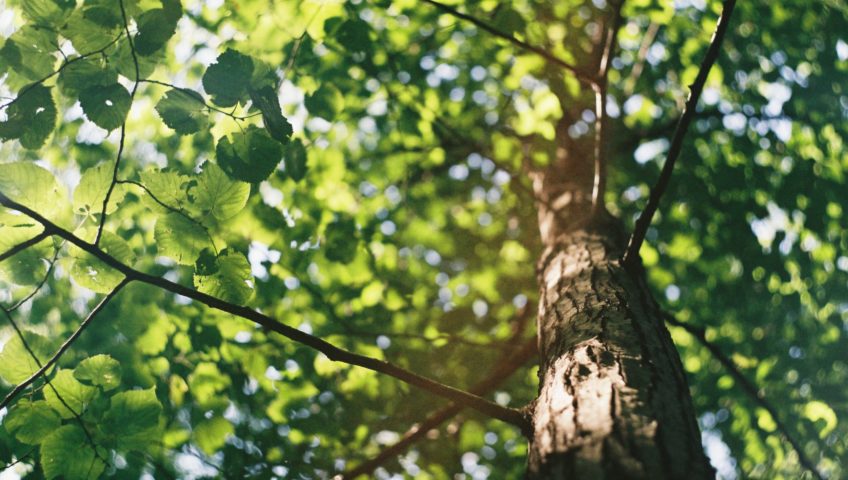

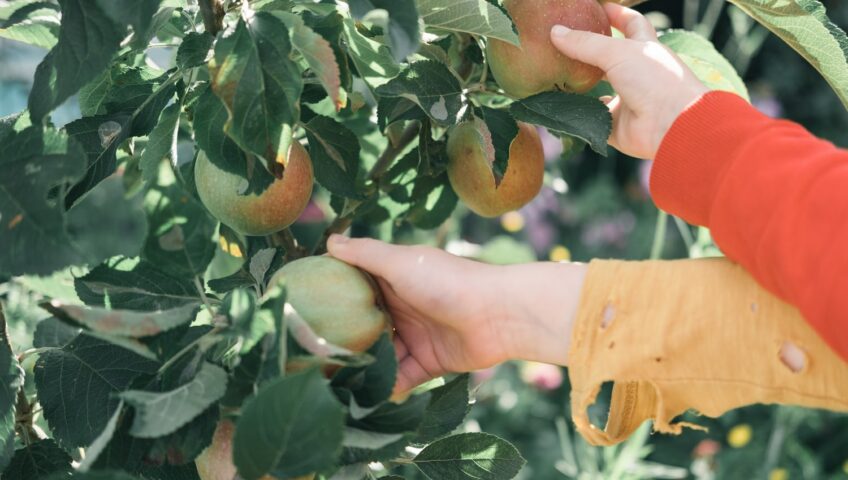
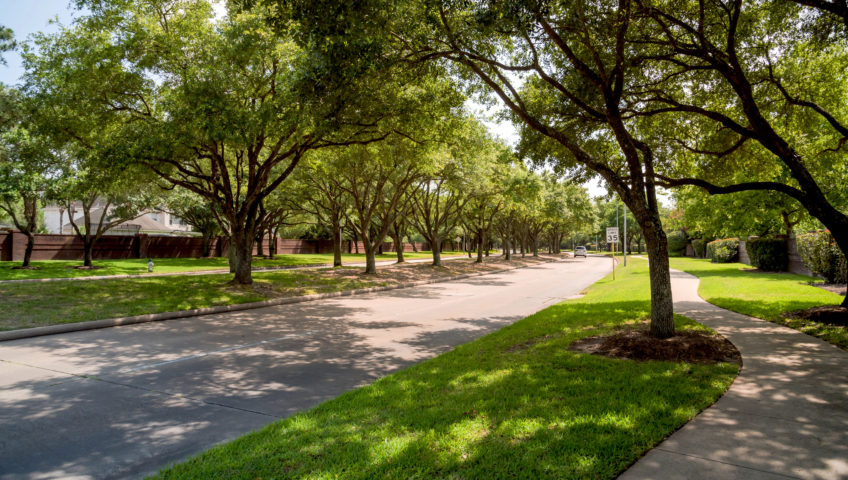
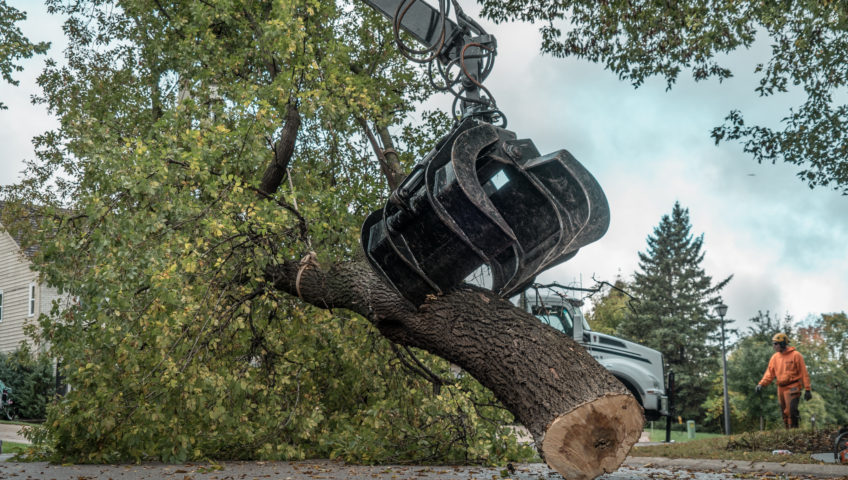
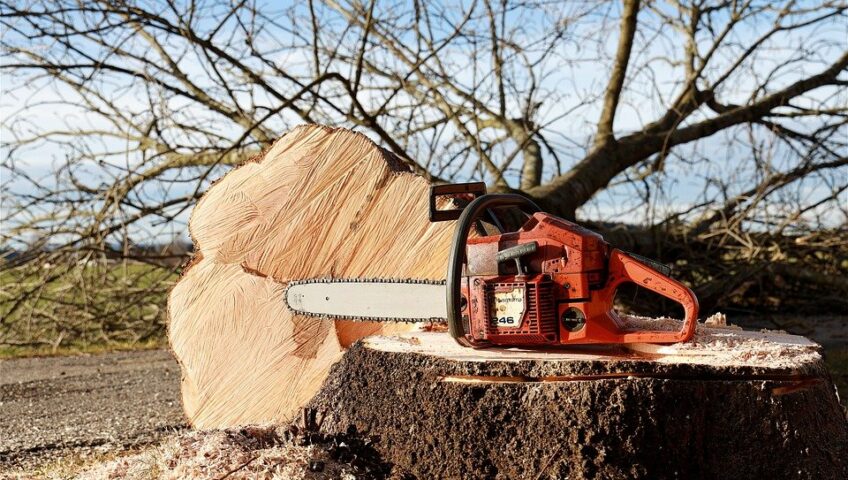
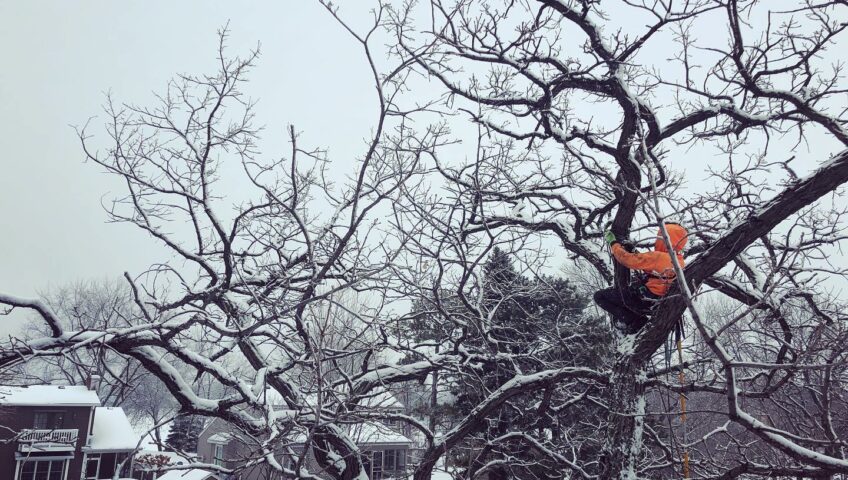
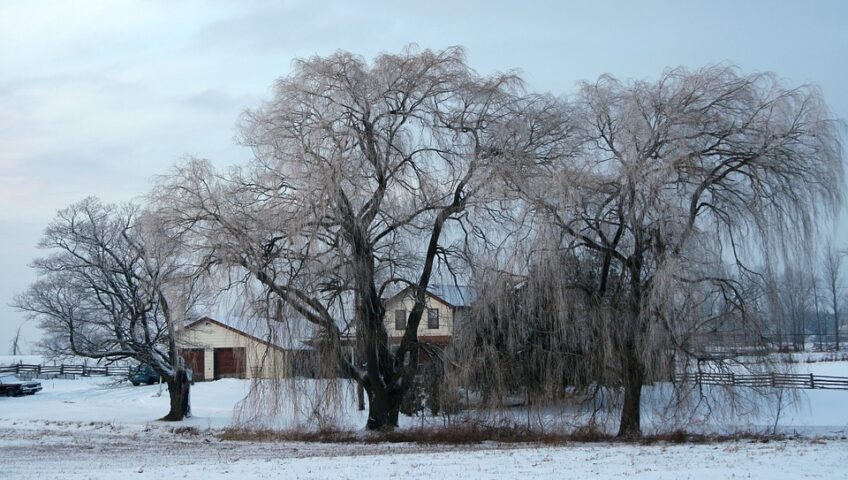

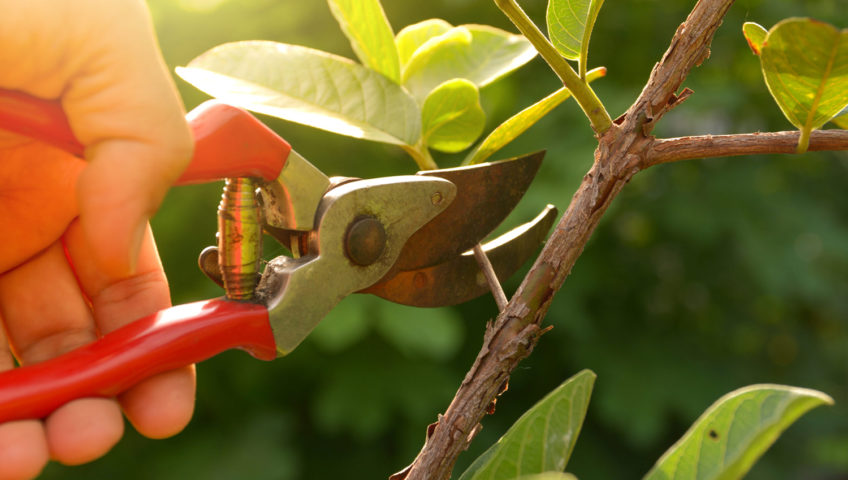
 Spring: Spring is the season of new growth and blooms, so it should come as no surprise that many trees prefer to be pruned in the
Spring: Spring is the season of new growth and blooms, so it should come as no surprise that many trees prefer to be pruned in the 